May offers a wide-range of fishing but it’s also time to look at summer salmon fishing opportunities Leave a reply
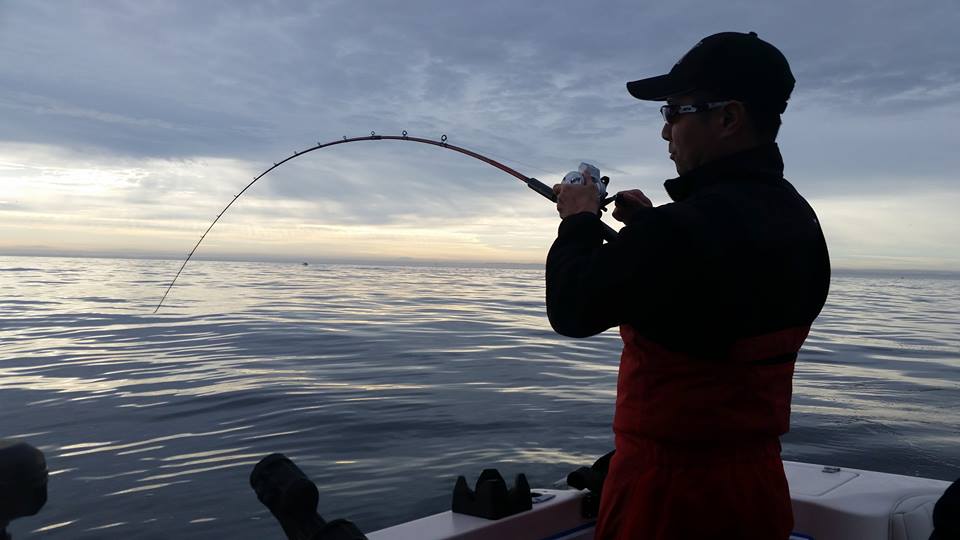
While many will be hitting hundreds of statewide lakes for trout in the upcoming weeks and others are gearing up for the May 1 lingcod and May 2 halibut fisheries, it is also a time to look at details of upcoming salmon fishing seasons.
Those involved in the North of Falcon salmon season setting process felt frustration especially when lost sport-salmon fishing opportunities in 2019-2020 will range from weeks to months closed depending on the area.
While it was a painful pill to swallow, we need to move on and see what lies ahead this summer, which if you’re willing to put some wheels under the boat it’ll likely take you to places where the grass is much greener!
If you’re seeking a quick fix you’ve got just two days left (closes after April 30) to hit south-central Puget Sound (Marine Catch Area 11) for hatchery chinook and places like Tacoma off the Clay Banks, entrance to Gig Harbor, Point Dalco and Quartermaster Harbor on the southern end of Vashon Island, Point Robinson, Brace Point and Dolphin Point are all worth a try. Southern Puget Sound remains open as well but has been somewhat spotty for hatchery chinook.
Those who want to chase some early kings should mark May 1-31 on their calendar as it will be the first time in almost 30 years that you’ll get to fish the Lower Skagit River from the Memorial Bridge to Gilligan Creek. Through April 21, the Marblemount Hatchery has counted three fish but look for those numbers to build in the weeks ahead. The area above the Highway 530 Bridge at Rockport also opens for hatchery kings on June 1.
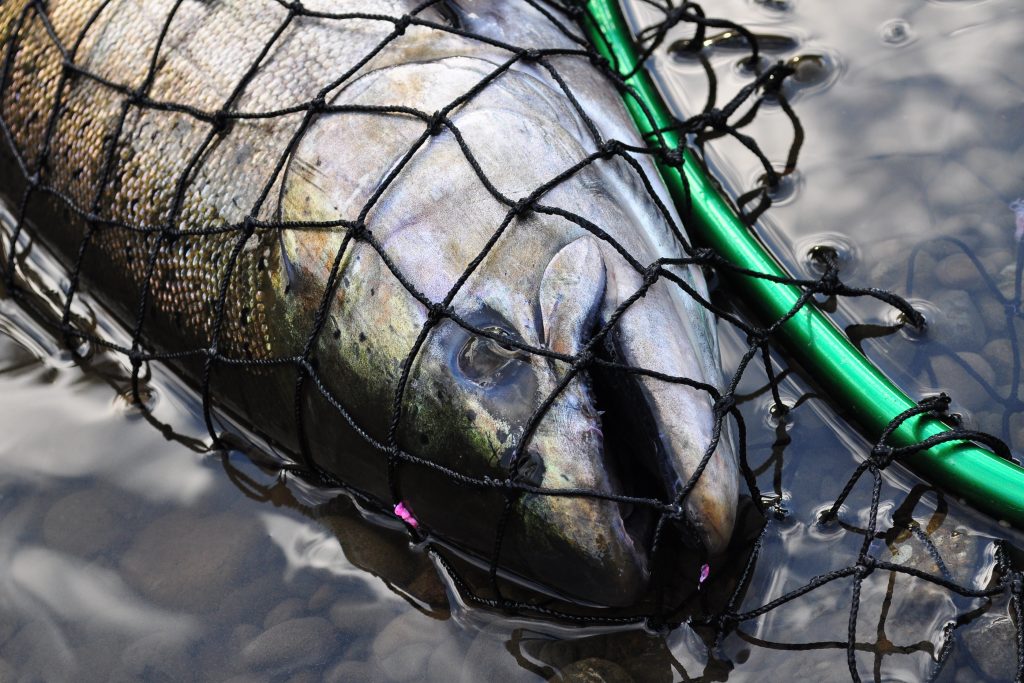
The Skykomish River from the mouth to Wallace River opens May 25 to July 31 for hatchery kings and hopefully we can replicate last year’s good fishery where the fish were quite snappy.
Summer will be here before we know it and the first stop will be central Puget Sound (Area 10) from June 1 to July 24 for a fishery targeting resident coho. If you’re lucky there’s a good chance to hook-and-release some of those broad-shouldered early-returning kings.
Then it’s time to swing the doors wide open on an Area 10 hatchery chinook fishery opening July 25-Aug. 31 or until a quota of 3,057 (4,473 in 2018) is achieved. At the same time northern Puget Sound (Area 9) opens July 25-Aug. 15 with a 3,491 hatchery-marked chinook quota (5,400 in 2018).
A reduced catch quota in both areas will likely mean this fishery will be numbered in days versus weeks so plan your vacation time around the front end of these two Puget Sound fisheries. The morning low tides on the first two days has minimal water movement between tidal sequences. Success might be better later in the day and look for improvement on a daybreak king bite by July 27.
Prime king grounds are Jefferson Head; Kingston; West Point south of Shilshole Bay; Point Monroe; Yeomalt Point; Richmond Beach to the Edmonds oil dock; Allen Bank off Blake Island; Southworth; both sides of Possession Bar; Point No Point; off the Edmonds Marina breakwater; Pilot Point; Double Bluff north to Fort Casey on west side of Whidbey Island; and Midchannel Bank off Port Townsend.
After being closed for several years the inner-Elliott Bay chinook fishery opens briefly from Aug. 2 until 12 p.m. on Aug. 5. Additional weekend openings in the bay are possible if in-season tribal test fishing shows a stronger than expected return.
A downer for those who fish south-central Puget Sound (Marine Catch Area 11) is a June closure especially after last year’s stellar catches during that early summer period. Once again you can dwell on the past or turn the corner of the Clay Banks and head south of the Narrows Bridge where southern Puget Sound (Area 13) is open year-round and a revamped minimum size limit on hatchery chinook of 20 inches (22 inches was the standard in past years).
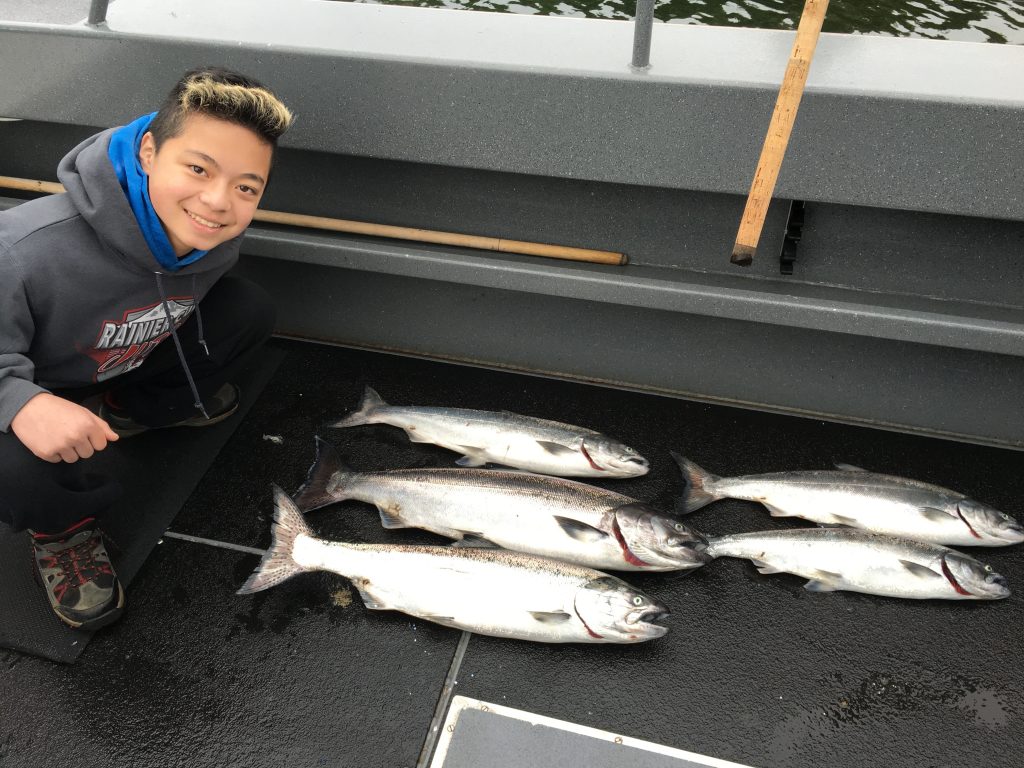
Then from July 1 through Sept. 30 it’ll be time to turn the bow of the boat around and head back to Area 11 from July 1 through Sept. 30 – closed Thursdays and Fridays of each week – when the hatchery-marked king fishery gets underway. Remember a reduced quota of 2,805 hatchery chinook (5,030 in 2018) means you should go sooner than later to be guaranteed time on the water. Once the chinook quota is achieved Area 11 will remain open daily through Sept. 30 for coho and pinks only.
Despite a closure in August for all salmon fishing, the San Juan Islands (Area 7) opens July 1-31 for hatchery kings. This has turned into an early-season hotspot the last several years and hopefully will mirror those good times of season’s past. The preseason prediction of legal-size chinook encounters in Area 7 is 3,622 and WDFW will manage the fishery as a season from beginning to end.
The Tulalip Bubble terminal area within Area 8-2 is a hatchery salmon directed fishery and the season opens June 1 (closed on June 15 for a tribal ceremonial fishery) through Sept. 2. Fishing is allowed from 12:01 a.m. Fridays through 11:59 a.m. Mondays only. Then it switches to a Saturday and Sunday only of each week from Sept. 7-29.
Another place that will likely be good right when it opens on July 1 (release all chinook from Aug. 16 until it closes on Sept. 30) is the Strait of Juan de Fuca (Areas 5 and 6). In previous seasons, the king fishing before and soon after the Fourth of July has been especially good at Port Angeles with action building by mid-July from Sekiu to Freshwater Bay. Look for coho and pink action to improve by mid-August. The preseason legal-mark encounter for chinook in Area 5 is 8,294 and WDFW will ensure it doesn’t exceed 9,953. In Area 6, WDFW will manage the summer fishery as a season from beginning to end.
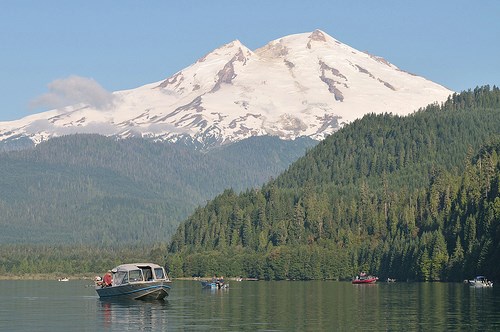
Sockeye seekers should find some decent action in Baker Lake and the Skagit River and it’s essential to know when to go by keeping a close eye on fish trap counts on the WDFW website (https://wdfw.wa.gov/). The Skagit opens June 16 and the lake opens July 6. The sockeye forecast is 33,737.
Hood Canal (Area 12) is open for coho fishing in August, which is a month earlier than 2018. Areas south of Ayock Point open July 1-Sept. 30 with a hatchery chinook minimum size limit of 20 inches. North of Ayock Point opens Aug. 1-Sept. 30.
Depending on summer-time traffic, the coast is just a three- to six-hour drive from the greater Puget Sound area and will likely be the salmon fishing hotbed especially for a robust return of a million-plus hatchery coho.
All four coastal ports – Neah Bay, La Push, Westport and Ilwaco – are open daily from June 22 through Sept. 30 or will close once each area’s catch quota is achieved.
The total allowable ocean non-tribal commercial and sport catch is 190,000 hatchery coho, which is up considerably from 47,600 last year; and 52,500 chinook down slightly from 55,000 last year.
Ilwaco has a 79,800 hatchery coho quota (21,000 in 2018) and a 7,150-chinook quota (8,000 in 2018). Westport has a 59,050 hatchery coho quota (15,540) and a 12,700-chinook quota (13,100). La Push has a 4,050 hatchery coho (1,090) and a 1,100-chinook quota (1,500). Neah Bay has a 16,600 hatchery coho (5,370) and a 5,200-chinook quota (3,024).
The popular late-summer salmon fishery around Buoy 10 near the Lower Columbia River mouth will be worth a trip from Aug. 1-20 for adult chinook and hatchery coho retention; and then from Aug. 21-Dec. 31 for hatchery coho directed fishery (release all chinook and wild coho).
Well that’s it for now on the salmon fishing front and I’ll be sure to soon provide even more insight on late-summer prospects!
More razor clam digs possible on the near horizon
The recent coastal razor clams on open coastal beaches saw some off-the-charts digging and turnout and according to the WDFW generated around $3.7 million in revenue to the small communities from Long Beach to Moclips.
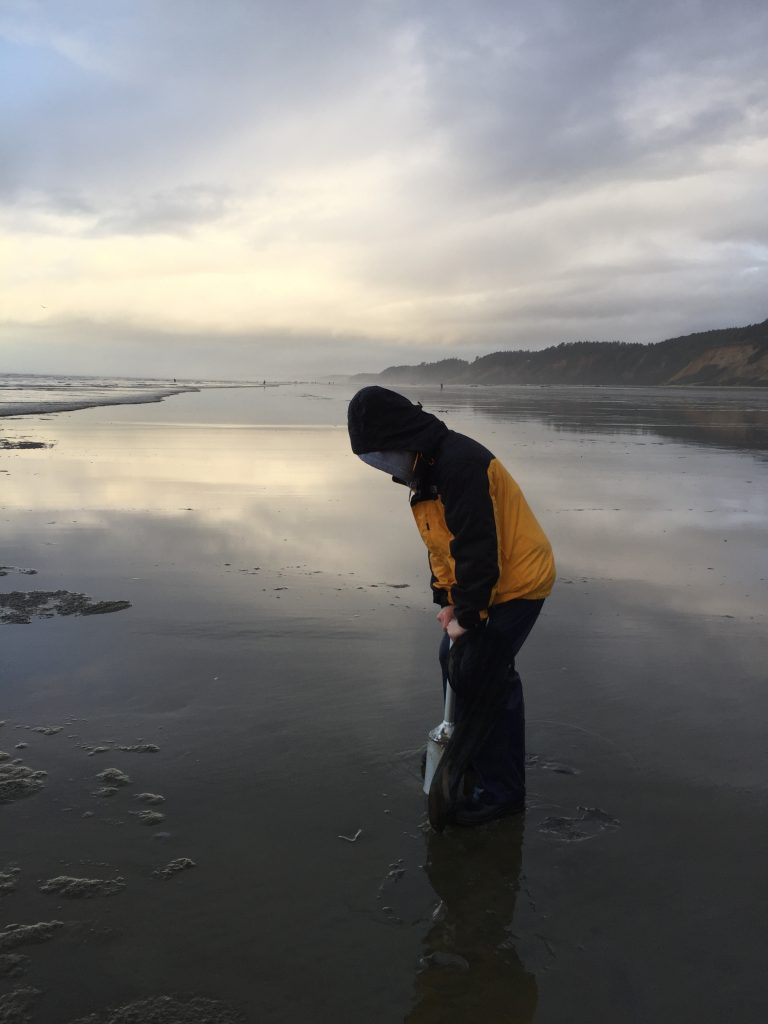
“It was crazy weekend and we saw the largest one-day harvest that I could find on record with 38,306 razor clam diggers harvesting 548,712 clams on April 20 and that didn’t include Mocrocks one of our biggest beaches,” said Dan Ayres, the head WDFW coastal shellfish manager.
Long Beach alone had an amazing 19,507 diggers (Long Beach Razor Clam Festival was April 20) and that was a record looking back on data as far back as Ayres could find.
For the three days of digging (April 20-22) the average was 14.5 clams per person (the first 15 clams dug is a daily limit) for 70,290 diggers trips with 1,022,155 clams.
A break down by beaches: Long Beach (April 20-21),38,775 diggers with 500,423 clams for 14.8 per person average; Twin Harbors (April 20-22), 17,170 with 244,539 for 14.2; Copalis (April 20), 11,266 with 156,015 for 13.8; and Mocrocks (April 21-22), 8,079 with 121,179 for 15.0. Coast wide season total is 260,196 diggers harvested 3,368,217 razor clams.
There is a proposal to add a couple more days in mid-May at Mocrocks and word should come out of WDFW any day now. There will be no more digging this spring at Long Beach, Copalis and Twin Harbors.

